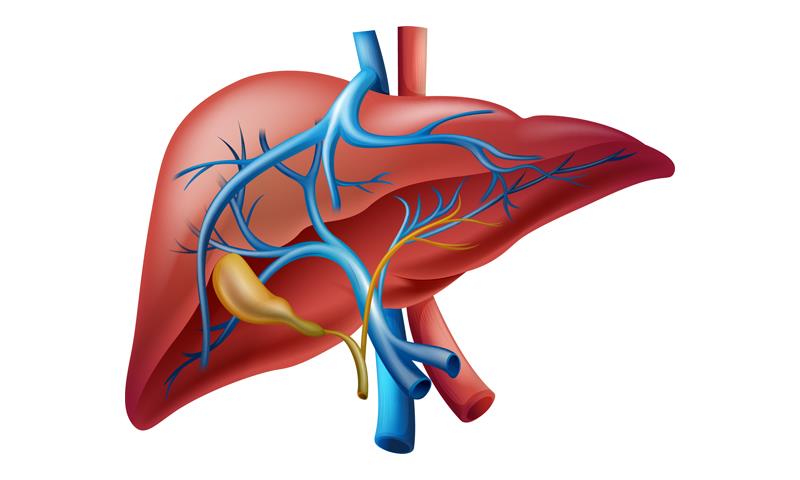Elafibranor improves biochemical response, itch-related QoL in patients with PBC





Long-term treatment with elafibranor improves biochemical response and itch-related quality of life (QoL) in patients with primary biliary cholangitis (PBC), according to data from the ELATIVE trial presented at EASL 2024.
“Treatment of patients with PBC using elafibranor leads to improvements in prognostic biomarkers of cholestasis through 78 weeks,” said Dr Christopher Bowlus from the Division of Gastroenterology and Hepatology at the University of California Davis School of Medicine in Sacramento, California, US.
The multicentre, phase III ELATIVE trial enrolled 161 patients with PBC who had an inadequate response or intolerance to ursodeoxycholic acid, the current first-line therapy for PBC. Participants were randomized in a 2:1 ratio to receive elafibranor 80 mg (n=108) or placebo (n=53) once daily for ≥52 weeks. Upon completion of the 52-week treatment period, the patients were continued on the same regimen for a maximum of 104 weeks. [EASL 2024, abstract LBP-006]
At week 78, 61 percent of the patients treated with elafibranor achieved the primary endpoint of biochemical response (defined as an of ALP* <1.67 x ULN**, with a reduction of ≥15 percent from baseline, and total bilirubin [TB] x ULN), whereas none was reported in those treated with placebo.
In addition, ALP normalization occurred at 78 weeks in 13 percent of patients receiving elafibranor compared with 0 percent of those given placebo.
ALP level significantly decreased by 43.4 percent in the elafibranor arm whereas there was an increase of 10.7 percent in the placebo arm (least square [LS] mean change from baseline, -143.4 vs 49.5 U/L; p<0.001).
TB and gamma-glutamyl transferase levels, which are important biomarkers of liver injury, were also reduced in the elafibranor group vs the placebo group at week 78 (LS mean change from baseline, -0.82 vs 3.05 µmol/L and -56.9 vs -1.2 U/L, respectively).
“Following previously reported efficacy outcomes to week 52, biochemical response, ALP normalization, and changes in liver-related biochemical parameters were sustained or improved with elafibranor through 78 weeks of treatment in patients with PBC in this trial,” said Bowlus.
Itch-related QoL
In another analysis of the ELATIVE study, the 5-D (degree, duration, dimension, disability, and distribution domains) and PBC-40 questionnaires were used to assess both pruritus severity and its impact on patients’ QoL. [EASL 2024, abstract LBP-028]
At week 52, patients treated with elafibranor experienced an improvement in itch-related QoL, as shown by greater reductions in 5-D and PBC-40 Itch total scores (LS mean difference, -1.3; p=0.0238 and -1.2; p=0.0065, respectively), than those treated with placebo.
“When you have a patient with PBC, it’s vital to manage disease progression to prevent or delay liver damage or failure. You also want to provide relief from distressing symptoms because they can have a detrimental impact on QoL,” said Bowlus in a press release.
“These new data from ELATIVE provide further evidence that elafibranor has the potential to address the two priority treatment goals by demonstrating long-term improvements in the prognostic markers of disease progression, as well as improvements in pruritus-symptom severity and QoL,” he noted.